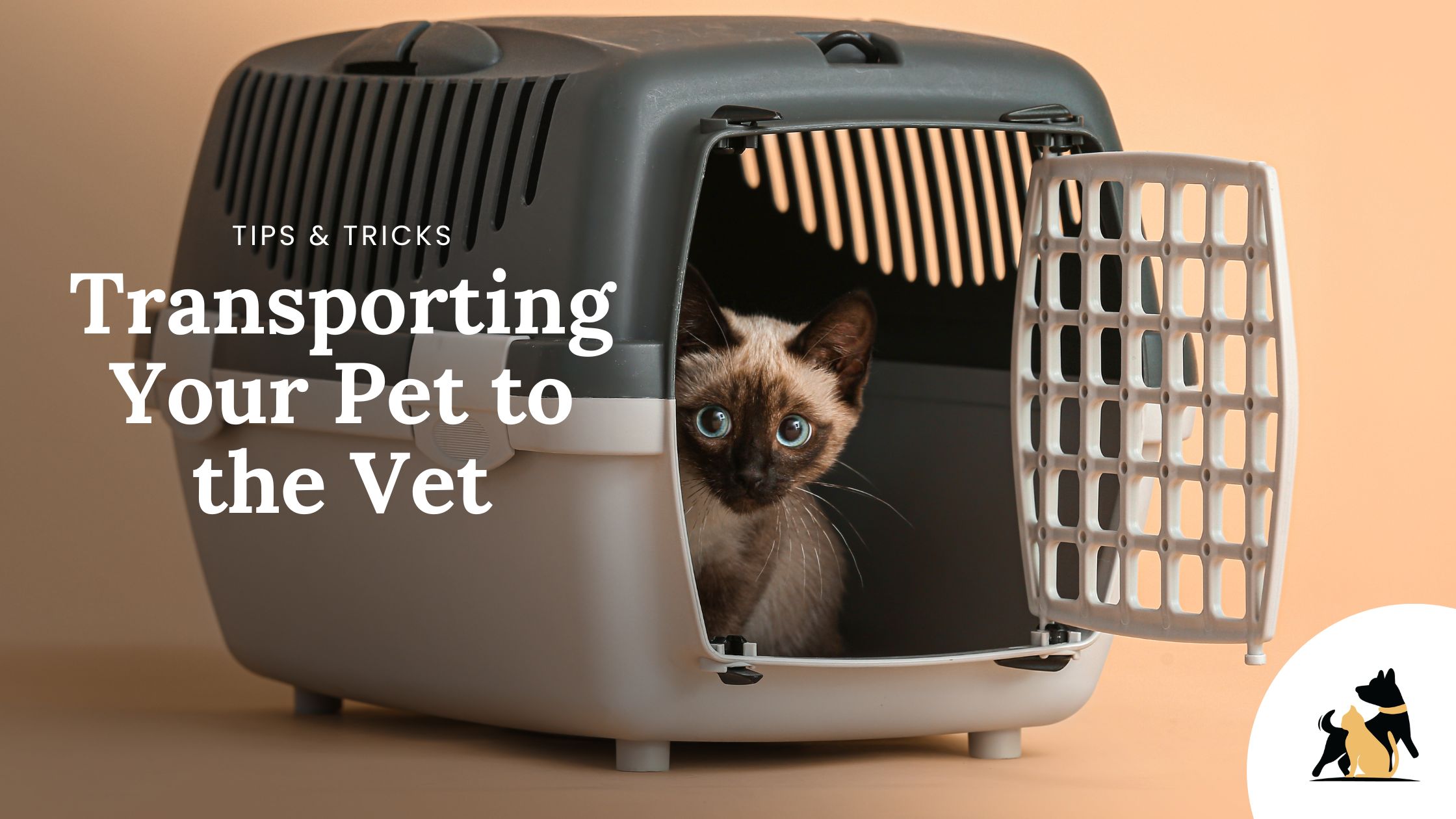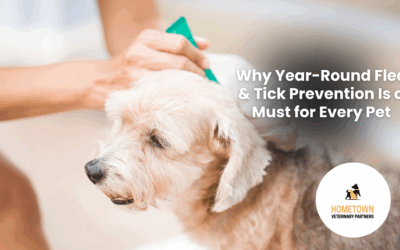Transporting your pet to the veterinary clinic can be a stressful experience, especially if they’re not accustomed to car rides or being in a carrier. However, with a bit of preparation and patience, you can help make the journey as smooth and comfortable as possible for your furry friend.
Introduce the Carrier Early: If your pet will be traveling in a carrier, introduce it to them well in advance of the veterinary visit. Place the carrier in a familiar and accessible area of your home and encourage your pet to explore it at their own pace. You can make the carrier more inviting by lining it with a soft blanket or towel and placing some of their favorite toys or treats inside.
Positive Reinforcement: Associate the carrier with positive experiences by rewarding your pet whenever they voluntarily enter or interact with it. Use treats, praise, and affection to create positive associations with the carrier. Gradually increase the amount of time your pet spends inside the carrier, making sure to keep the experience calm and relaxed.
Practice Short Trips: If your pet isn’t used to car rides, gradually acclimate them to the experience by taking short trips around the neighborhood. Start with brief outings and gradually extend the duration as your pet becomes more comfortable. Make sure to drive smoothly and avoid sudden stops or sharp turns that could startle your pet.
Secure the Carrier: When transporting your pet in a carrier, make sure it is securely fastened in the car to prevent it from sliding or tipping over during the journey. You can use a seatbelt or secure the carrier in the backseat or cargo area of your vehicle. Avoid placing the carrier in the front seat, as airbags can pose a safety risk.
Cover the Carrier: Some pets may feel more secure if the carrier is covered with a blanket or towel during travel. This can help reduce visual stimuli and create a cozy, den-like environment for your pet. Make sure to leave enough ventilation for your pet to breathe comfortably.
Bathroom: Plan to let your pet use the bathroom prior to their appointment.
Stay Calm and Reassuring: Your pet may pick up on your own feelings of anxiety or stress, so it’s essential to remain calm and reassuring throughout the journey. Speak to your pet in a soothing tone of voice, offer gentle reassurance, and provide comfort through physical contact if appropriate.
Bring Comfort Items: Bring along your pet’s favorite blanket, toy, or treats to help keep them calm during the visit. Familiar scents and objects can provide comfort in an unfamiliar environment.
When all else fails: Don’t be afraid to ask for medications. If we have seen your pet before and they seem to be easily stressed, speak to your veterinarian about maybe using some anxiety medications prior to their appointment to help them stay relaxed and comfortable.
Carrier Recommendations for Cats:
When transporting your feline friend to the veterinary clinic, choosing the right carrier is essential for their comfort and safety. We recommend using a hard plastic carrier with both a top and side door. Here’s why:
- Security and Comfort: Hard plastic carriers provide a sturdy and secure environment for your cat during travel. The enclosed space helps your cat feel safe and protected, reducing stress and anxiety associated with the journey.
- Ease of Cleaning: Accidents can happen during transportation, so it’s essential to choose a carrier that is easy to clean. Hard plastic carriers are simple to wipe down and sanitize, making them ideal for containing any messes that may occur.
- Accessibility for Veterinary Examinations: Veterinarians prefer carriers with top and side doors because it’s easier to access or remove your pet, reducing stress and allowing our veterinarians to perform a more thorough exam.
Harness and Leash for Dogs:
For dogs, we recommend using a harness and a 6-foot leash when traveling to the veterinary clinic. Here’s why:
- Safety and Control: A harness provides better control over your dog during travel compared to attaching a leash to their collar. It distributes pressure more evenly across your dog’s body, reducing the risk of injury or discomfort, especially if they pull or become startled.
- Avoid Retractable Leashes: While retractable leashes may seem convenient, they can pose safety risks during travel, especially in crowded or unfamiliar environments. A standard 6-foot leash offers better control and prevents your dog from wandering too far or getting tangled in objects.
- By following these recommendations, you can ensure a safer and more comfortable transportation experience for both you and your pet. Remember, the goal is to minimize stress and anxiety during the journey to the veterinary clinic, helping to make the overall experience more positive for your furry friend.
More Resources
Meet Dr. Delaney Rohan: Compassionate Veterinary Care Close to Home
Meet Dr. Delaney Rohan: Compassionate Veterinary Care Close to Home Looking for a veterinarian in North Saint Paul who treats your pet like family? Meet Dr. Delaney Rohan, one of the newest and most compassionate members of our team at Hometown Veterinary Partners. A...
Why Year-Round Flea & Tick Prevention Is a Must for Every Pet
Why Year-Round Flea & Tick Prevention Is a Must for Every Pet Fleas and ticks may be small, but the problems they cause can be huge. These parasites don’t just irritate your pet—they can carry serious diseases, lead to infections, and cause lasting health...
Meet Dr. Longtin: Compassionate Veterinary Care Rooted in Experience and Heart
Caring for animals isn’t just what Dr. Longtin does—it’s who she is. With nearly 30 years of experience caring for pets and their people, Dr. Longtin brings a wealth of knowledge, empathy, and a deeply personal approach to every appointment. A proud graduate of the...




